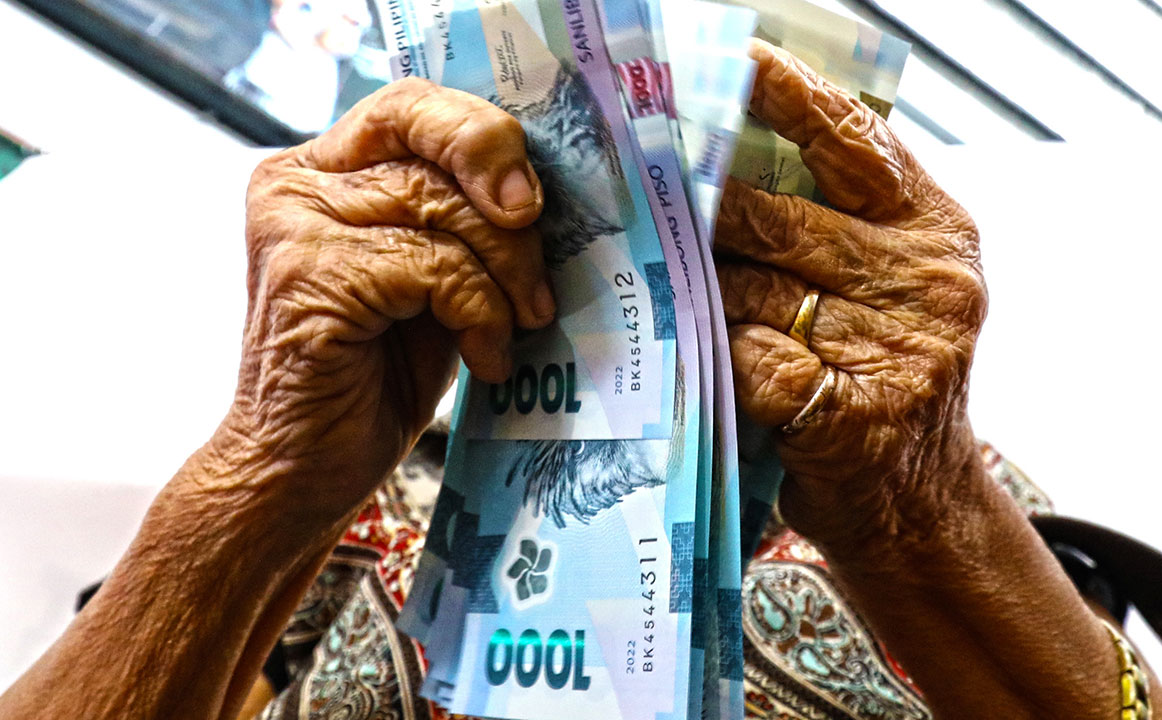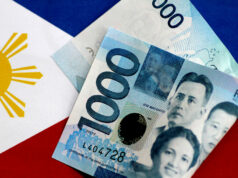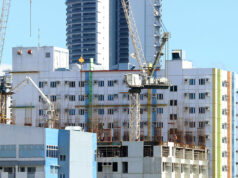Cautious optimism seen after new US-China deal

PHILIPPINE MARKETS could post some gains after the United States and China agreed to extend their tariff truce, but the optimism may be short-lived as investors remain cautious due to the ever-shifting trade dynamics between the world’s two largest economies.
“It’s (this week’s deal) a positive development, but investors will wait and see whether it holds and actually becomes a definitive agreement. A lot of the deeper and more fundamental trade issues also remain unresolved, so it’s too early to expect any material and durable change in investor sentiment,” China Bank Capital Corp. Managing Director Juan Paolo E. Colet said in a Viber message.
“In the short term, a second attempt at a US-China trade truce could bring mild optimism to financial markets but unlike earlier rounds, markets may respond more cautiously this time. Markets have become more measured and wary. They have seen similar truce attempts fail before, so confidence will depend on whether structural commitments (tariff rollbacks or tech transfers) are made,” Philippine Institute for Development Studies Senior Research Fellow John Paolo R. Rivera said in a Viber message.
Mr. Rivera said Philippine stocks could rise when the market reopens on Friday as a reaction to the latest US-China deal. Philippine financial markets were closed on June 12 (Thursday) for the Independence Day holiday.
“The PSEi (Philippine Stock Exchange index) may see short-lived gains, especially in export-related and logistics stocks, as easing trade tensions can boost global demand. However, investors are likely more skeptical now and may wait for concrete progress,” he said.
The peso could likewise strengthen “due to improved sentiment and potential dollar weakness.”
“But the peso’s trajectory will still be shaped more by local inflation and BSP (Bangko Sentral ng Pilipinas) rate expectations,” Mr. Rivera said. “GS (government securities) yields may hold steady or slightly decline if global risk sentiment improves and capital flows into emerging market bonds, but local inflation data and fiscal outlook remain the dominant drivers.”
Mr. Colet likewise said that markets are expected to pay more attention to the Philippine and US central bank’s easing paths, as both will hold policy meetings next week.
US President Donald J. Trump on Wednesday said he was very happy with a trade deal that restored a fragile truce in the US-China trade war, a day after negotiators from Washington and Beijing agreed on a framework covering tariff rates, Reuters reported.
The deal also removes Chinese export restrictions on rare earth minerals and allows Chinese students access to US universities.
Earlier, Mr. Trump used his social media platform to offer some of the first details to emerge from two days of marathon talks in London that had, in the words of US Commerce Secretary Howard Lutnick, put “meat on the bones” of an agreement reached last month in Geneva to ease bilateral retaliatory tariffs that had reached crushing triple-digit levels.
“Our deal with China is done, subject to final approval with President Xi and me,” Mr. Trump said on Truth Social. “Full magnets, and any necessary rare earths, will be supplied, up front, by China. Likewise, we will provide to China what was agreed to, including Chinese students using our colleges and universities (which has always been good with me!). We are getting a total of 55% tariffs, China is getting 10%.”
A White House official said the 55% represents the sum of a baseline 10% “reciprocal” tariff Mr. Trump has imposed on goods imported from nearly all US trading partners; 20% on all Chinese imports because of punitive measures Mr. Trump has imposed on China, Mexico and Canada, associated with his accusation that the three facilitate the flow of the opioid fentanyl into the US; and pre-existing 25% levies on imports from China that were put in place during Mr. Trump’s first term in the White House.
Still, many specifics of the deal and details on how it will be implemented remain unclear.
The dollar slid on Thursday on heightened expectations of Federal Reserve rate cuts this year and lingering uncertainty over tariff battles.
Uncertainty over what comes next for global trade, alongside scant details of a framework agreement reached between the US and China this week, dampened the overall mood in markets and gave investors more reasons to sell the dollar.
The broad fall in the greenback on Thursday pushed the euro to a seven-week high early in the session, before the common currency pared some gains to last trade at $1.1515.
Sterling rose 0.34% to $1.3583, while the yen climbed 0.4% to 143.95 per dollar.
Against a basket of currencies, the dollar fell to its weakest since April 22 at 98.284.
Also keeping pressure on the greenback was data from Wednesday which showed US consumer prices rose less than expected in May, leading traders to ramp up bets of a Fed cut as early as September.
The overall consumer price index (CPI) for last month rose by 2.4% relative to May 2024, a touch above the April year-over-year reading, while the CPI stripped of food and energy costs was up by 2.8% over the same time period. The CPI readings arrive ahead of a Fed policy meeting on June 17-18 where officials are virtually certain to keep the central bank’s interest rate target range fixed at between 4.25% and 4.5%. Fed officials have signaled they are in a wait-and-see mode right now as the chaotic nature of the Trump administration’s trade policy has made it very hard to know what lies ahead for the economy.
Meanwhile, the BSP’s policy-setting Monetary Board will hold its own policy meeting on June 19, where it is widely expected to deliver a second straight 25-basis-point (bp) rate cut as inflation continues to ease.
Philippine headline inflation eased to an over five-year low of 1.3% in May to bring the five-month average to 1.9%, a tad below the BSP’s 2-4% annual target band. The central bank expects inflation to average 2.3% this year.
Last month, BSP Governor Eli M. Remolona, Jr. said they could deliver two more rate cuts this year in “baby steps” or increments of 25 bps, with the next reduction on the table at the June 19 meeting.
In April, the Monetary Board resumed its rate-cutting cycle with a 25-bp reduction after a surprise pause in its February review, bringing the policy rate to 5.5%. The central bank has now slashed benchmark rates by 100 bps since it began easing in August last year. — Aaron Michael C. Sy with Reuters



